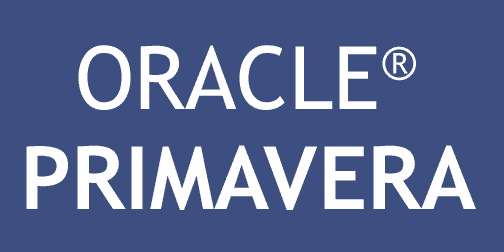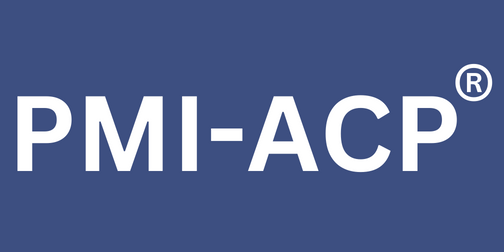
Mastering Project Portfolio Management: Expert Strategies for Success
Posted On June 18, 2024 - 16:39 PM
Project Portfolio Management (PPM) is a crucial aspect of any organization's strategic planning and execution process. It involves prioritizing and managing a portfolio of projects to achieve business objectives effectively. With the increasing complexity of projects in today's business landscape, mastering PPM has become more important than ever.
KnowledgeWoods is a leading provider of professional training and certification programs in project management, including PPM. In this blog, we will delve into expert strategies for successful project portfolio management to help you optimize resources, mitigate risks, and achieve sustainable business growth. Join us on this journey to mastering PPM and unlocking the full potential of your project portfolio.
The importance of project portfolio management
Effective project portfolio management is essential for organizations looking to align project activities with strategic goals and maximize returns on investment. By implementing robust PPM practices, businesses can prioritize projects based on their overall impact, allocate resources efficiently, and ensure optimal utilization of budget and talent. Additionally, PPM enables better risk management by identifying potential bottlenecks and addressing them proactively to minimize disruptions. Ultimately, mastering project portfolio management leads to improved decision-making processes, increased project success rates, and enhanced overall organizational performance. Stay tuned as we explore key principles and best practices for achieving success in project portfolio management.
Setting strategic priorities for project success
Next section:
Establishing clear strategic priorities is a critical aspect of successful project portfolio management. By aligning project initiatives with overarching business objectives, organizations can ensure that resources are utilized effectively and projects are contributing towards the desired outcomes. Setting strategic priorities involves identifying key criteria for project selection, such as strategic alignment, feasibility, and anticipated impact. It also entails regular evaluation and adjustment of priorities to adapt to changing market conditions and organizational goals. By defining strategic priorities upfront and updating them as needed, businesses can enhance decision-making processes, optimize resource allocation, and drive project success. Stay tuned for expert insights on how to effectively set and manage strategic priorities in project portfolio management.
Aligning projects with organizational goals
Once strategic priorities are established, the next crucial step in project portfolio management is aligning individual projects with the overarching goals of the organization. By ensuring that each project directly contributes to the desired outcomes and strategic objectives, companies can drive greater value and impact. This involves assessing how each project aligns with key performance indicators, customer needs, market trends, and long-term business strategies. Effective alignment not only enhances project success but also fosters organizational agility and resilience in the face of change. In the upcoming blog posts, we will delve into strategies for evaluating project alignment, mitigating risks, and maximizing the overall impact on organizational goals. Stay tuned for valuable insights on optimizing project alignment in project portfolio management.
Effective resource allocation and optimization
Once project alignment is established, the key to successful project portfolio management lies in effective resource allocation and optimization. It's essential to strategically allocate resources based on project priorities, deadlines, and available skills. By implementing robust resource management strategies, organizations can ensure that projects are adequately resourced to meet their objectives efficiently. This involves identifying resource gaps, prioritizing high-impact projects, and optimizing resource utilization to maximize productivity. Stay tuned for our next blog post, where we will explore best practices for resource allocation and optimization to enhance project portfolio performance and drive overall business success.
Monitoring and evaluating project performance
Monitoring and evaluating project performance is a crucial step in successful project portfolio management. Implementing a robust monitoring system allows organizations to track project progress, identify potential risks or delays, and make informed decisions to course-correct when necessary. Regular performance evaluations help ensure that projects are on track to meet their objectives and that resources are utilized effectively. By analyzing key performance indicators and milestones, project managers can measure success, identify areas for improvement, and continuously optimize project portfolio performance. In our upcoming blog post, we will delve into the best practices for monitoring and evaluating project performance to drive successful project portfolio management. Stay tuned for expert insights and strategies to elevate your project management approach.
Implementing best practices for successful project portfolio management
To achieve mastery in project portfolio management, organizations must implement best practices consistently. This includes establishing clear project priorities, aligning projects with strategic goals, and regularly conducting thorough evaluations of project performance. By focusing on key performance indicators and milestones, organizations can measure success accurately and make informed decisions to optimize portfolio performance. Additionally, fostering strong communication among project teams and stakeholders is essential for successful project portfolio management. In our next discussion, we will explore in-depth the key strategies that leading organizations employ to effectively manage their project portfolios and drive success. Stay tuned for exclusive insights on mastering project portfolio management.
Conclusion:
In the realm of project portfolio management, success hinges on a combination of strategic planning, performance evaluation, and seamless communication. By prioritizing projects, aligning them with organizational goals, and leveraging key metrics for evaluation, businesses can optimize their portfolio performance. The ability to make informed decisions based on accurate data is paramount in achieving success. Moving forward, we will delve deeper into the specific strategies and tactics utilized by top-performing organizations to master project portfolio management. Stay tuned for invaluable insights on how you can drive success through effective project portfolio management practices.
Check out this blog : The Benefits Of Agile Project Management


















